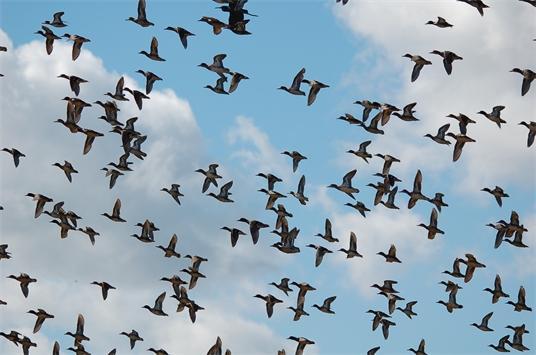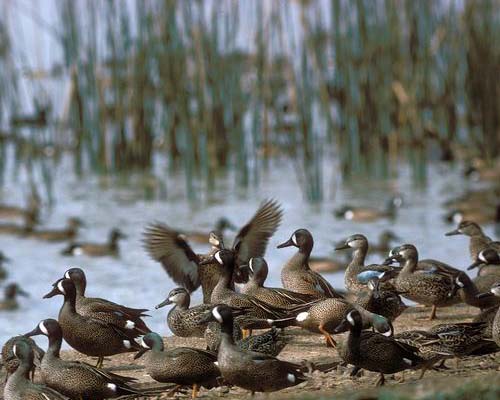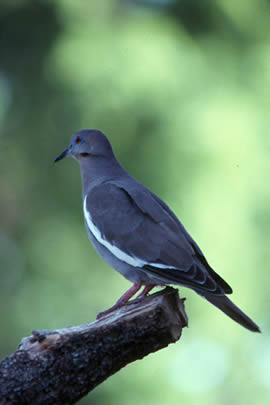Hunting: Early Teal Season, Triggers
Friday, August 31st, 2012
Teal Migration
This is Passport to Texas
They pass through Texas heading south early, and then return north late. That’s the nature of teal — a migratory waterfowl that’s a favorite of Texas hunters. If not for early teal season, many hunters wouldn’t have a chance to harvest these birds.
04—They’re not as available during the regular duck season. A lot of times they’re already through here and gone.
Dave Morrison is waterfowl program leader for Texas Parks and Wildlife. Early teal season can last nine or sixteen days. This year’s season is 16 days, and runs from September 15th through the 30th.
07—One of the things you have to look at for September teal season is population estimates. We have triggers. The trigger for the sixteen day season is four point seven.
And while that means the season should be productive because a good population of birds, Nature may still play the wild card.
23—If we get the right weather conditions, and we get the right weather patters, we should have a good teal season. But, Mother nature is the one part of this puzzle that we never will understand. If we get an early cold front, or we get something that happens between now and then, the birds blow through early, say, it stays warm north of us, and they have more of a staggered migration, then people will say ‘well, it’s not very good,’ despite the fact that, I think, that with numbers being up, with conditions like they were, we should have pretty good production.
The Wildlife and sport fish restoration program supports our series and celebrates 75 years of funding diverse conservation projects throughout Texas…
For Texas Parks and Wildlife…I’m Cecilia Nasti.






 Passport to Texas is a
Passport to Texas is a  Passport to Texas is made available by:
Passport to Texas is made available by: